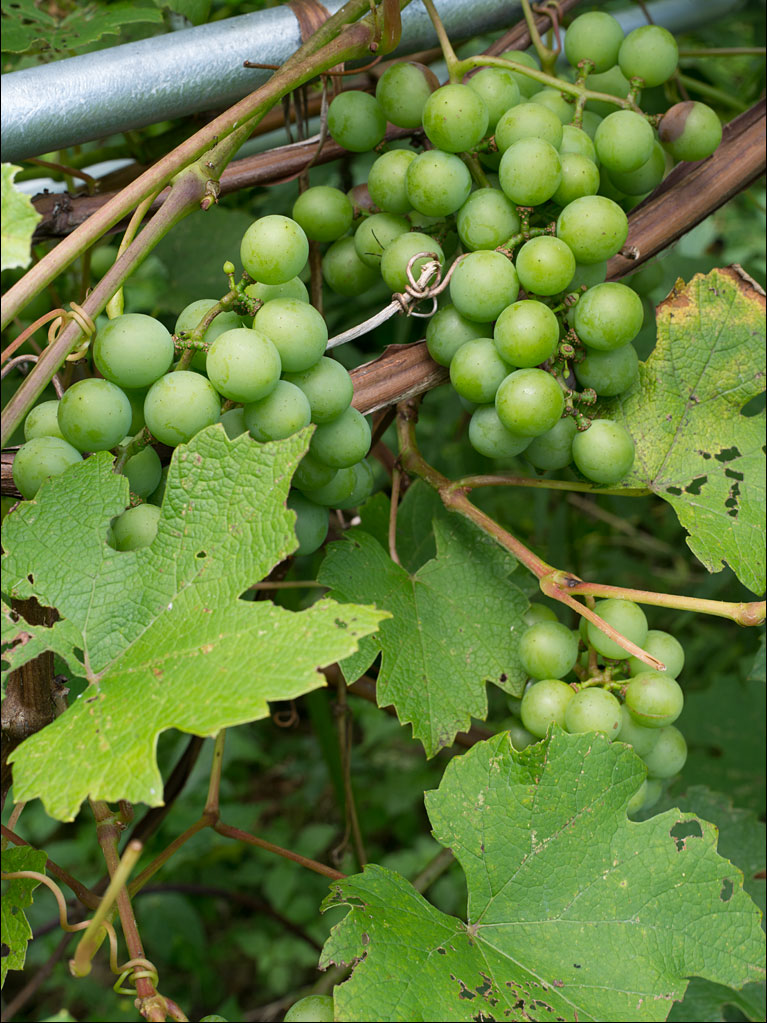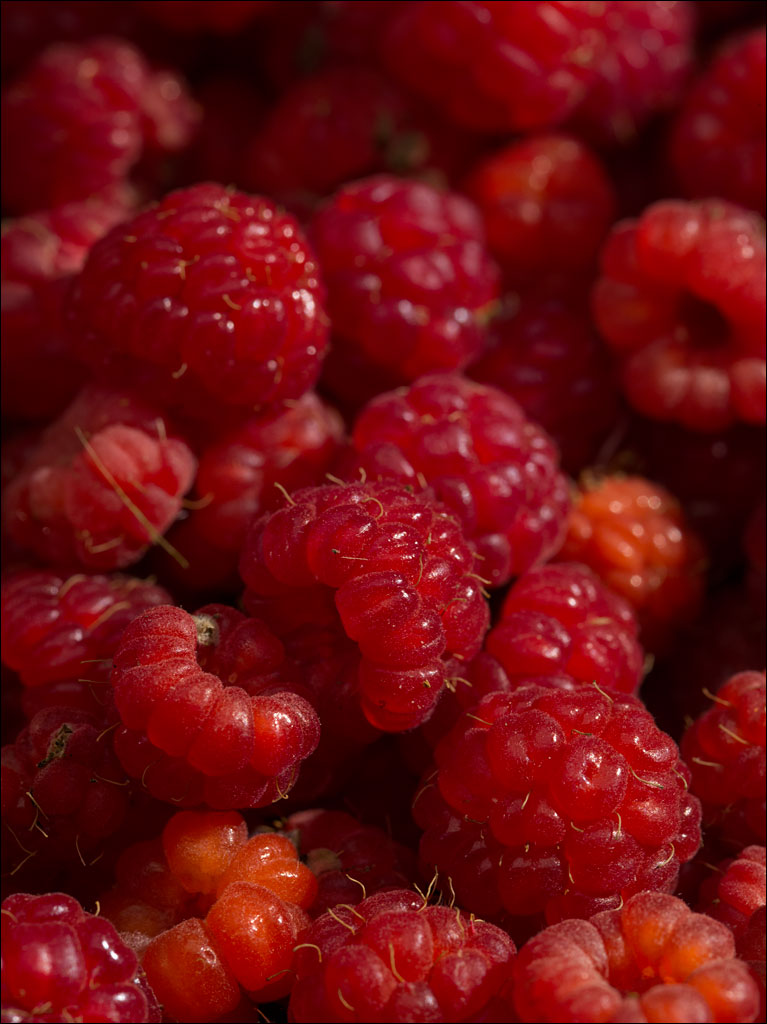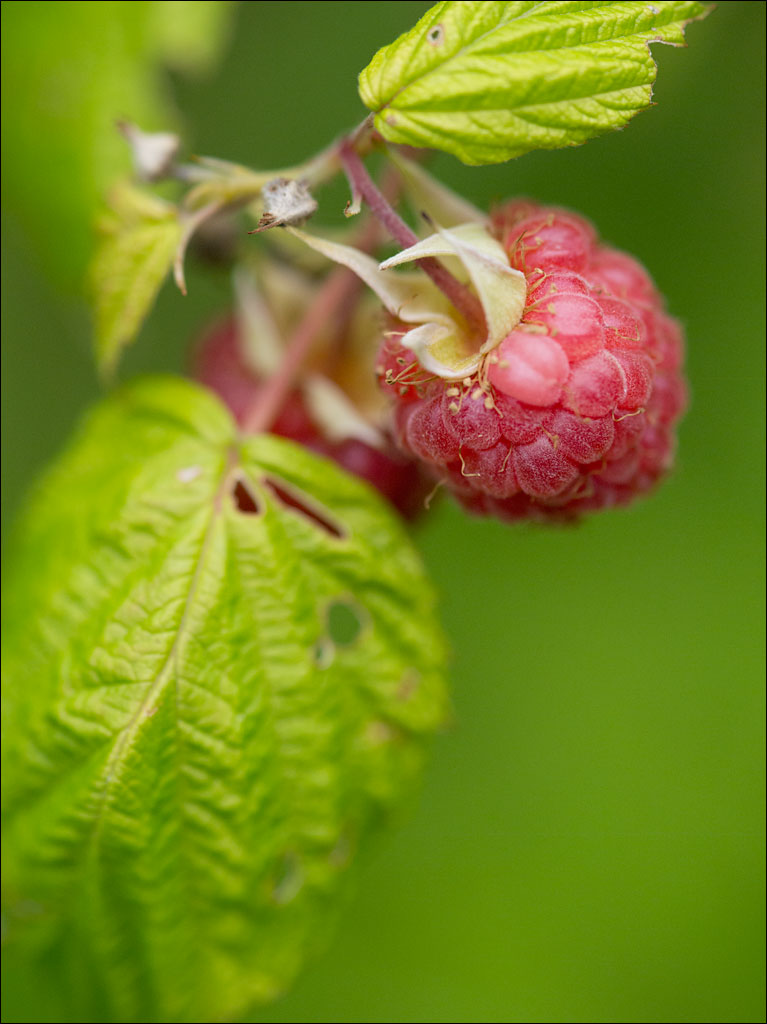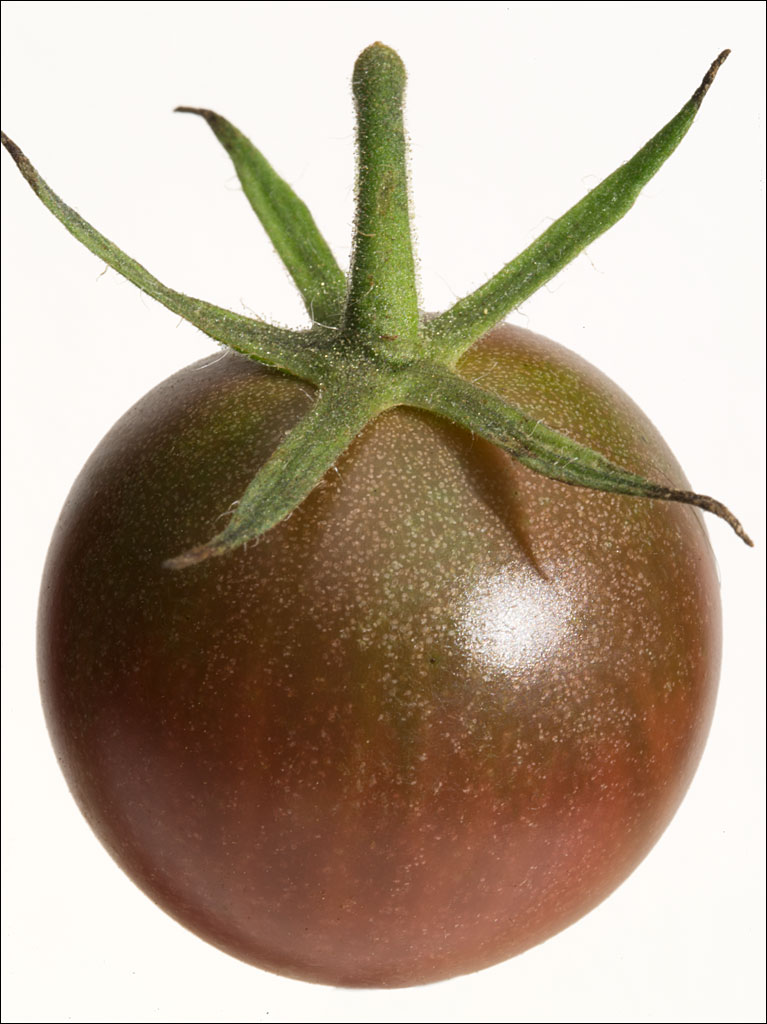 This cherry tomato is the perfect snacking fruit. The flavor is sweet and rich. They are great in salad, if you don’t eat them first. Click on the image for a larger view.
This cherry tomato is the perfect snacking fruit. The flavor is sweet and rich. They are great in salad, if you don’t eat them first. Click on the image for a larger view.
Tag Archives: Self-sufficient Life
Green Zebra—Tomatoes
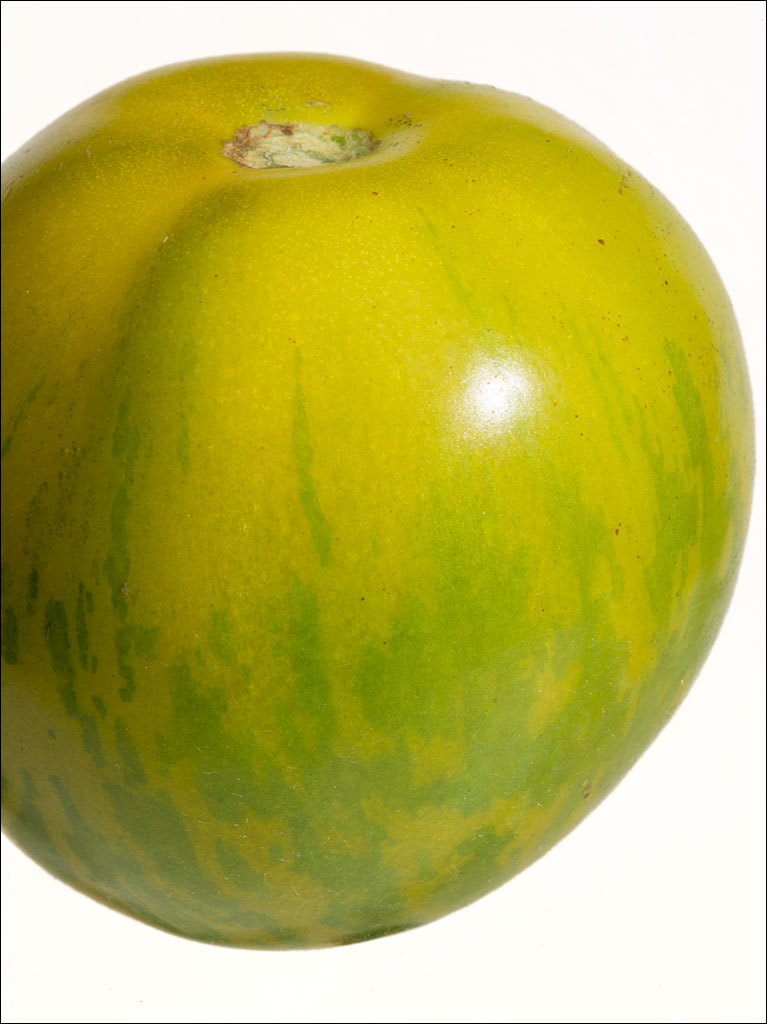 Every year we plant several varieties of tomatoes. This is a green zebra, which develops a slight yellow blush just as it ripens, but is predominantly green. The fruit has a tangy flavor, firm flesh, and juicy interior. It is great in salads. The plants are productive, but the tomato is on the small side, 3–4 oz. or 80–100 grams. Click on the image for a larger view.
Every year we plant several varieties of tomatoes. This is a green zebra, which develops a slight yellow blush just as it ripens, but is predominantly green. The fruit has a tangy flavor, firm flesh, and juicy interior. It is great in salads. The plants are productive, but the tomato is on the small side, 3–4 oz. or 80–100 grams. Click on the image for a larger view.
Goldenrod Tea
 Goldenrod tea is said to have medicinal properties and to be good for colds. The tea is bitter and we usually mix it with chamomile and add a splash of honey. We simply throw goldenrod blossoms and leaves into a masion jar and pour in boiling water. We let it steep for 30 minutes to a day. If you love the bitterness of Japanese green tea, goldenrod can can be a great non-caffeine alternative. Click on the image for a larger view.
Goldenrod tea is said to have medicinal properties and to be good for colds. The tea is bitter and we usually mix it with chamomile and add a splash of honey. We simply throw goldenrod blossoms and leaves into a masion jar and pour in boiling water. We let it steep for 30 minutes to a day. If you love the bitterness of Japanese green tea, goldenrod can can be a great non-caffeine alternative. Click on the image for a larger view.
Grape Harvest
Wild Plum
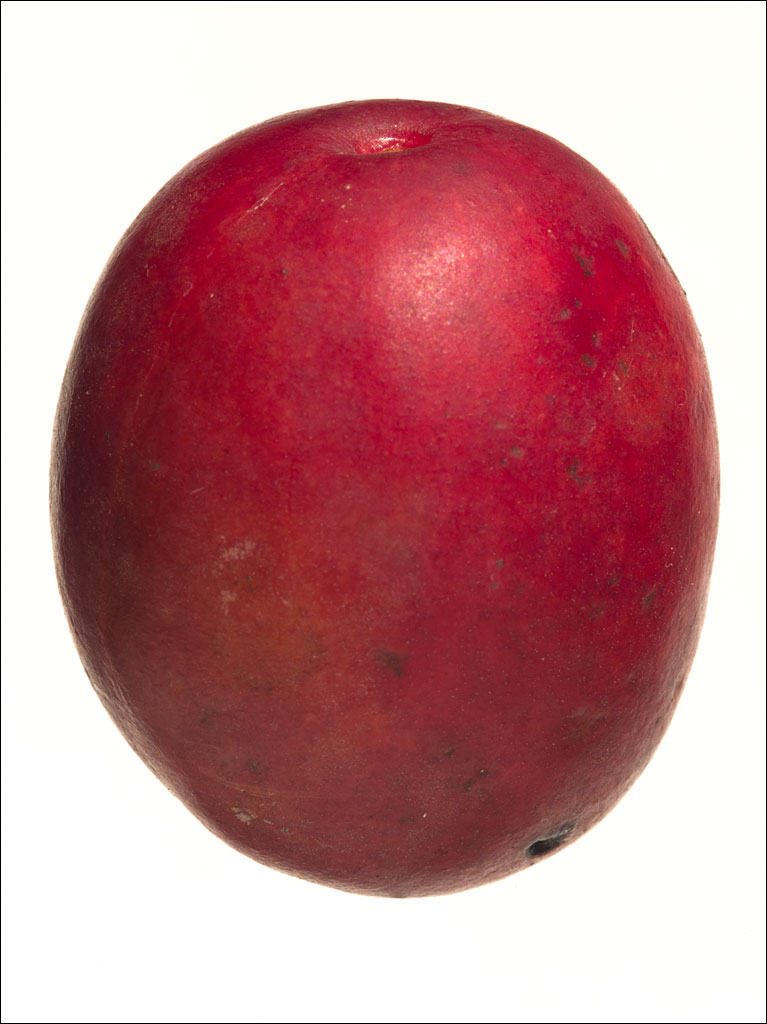 Each spring, our wild plum trees bloom in celebration of the arrival of the season. Usually, the insect population feasts on the fruit, leaving none for us. Yesterday, we found several of the plums that survived the summer. While not having the rich sweet flavor or the juiciness of the cultivated varieties, the plums are nonetheless a nice snack. They are small, about an inch or 2.5cm in length, and a little tart. Click on the image for a larger view.
Each spring, our wild plum trees bloom in celebration of the arrival of the season. Usually, the insect population feasts on the fruit, leaving none for us. Yesterday, we found several of the plums that survived the summer. While not having the rich sweet flavor or the juiciness of the cultivated varieties, the plums are nonetheless a nice snack. They are small, about an inch or 2.5cm in length, and a little tart. Click on the image for a larger view.
Tomato Harvest
 Our tomato plants have not been doing well this summer as the weather has been unusually cool and the snails have been taking advantage of that. These heirloom varieties are ripening on our window sill. Hopefully, like last year, we will have a long summer to give our crop time to grow. Still, there are plenty of uses for green tomatoes as well. Click on the image for a larger view.
Our tomato plants have not been doing well this summer as the weather has been unusually cool and the snails have been taking advantage of that. These heirloom varieties are ripening on our window sill. Hopefully, like last year, we will have a long summer to give our crop time to grow. Still, there are plenty of uses for green tomatoes as well. Click on the image for a larger view.
Yellow Dock—Edible Weeds
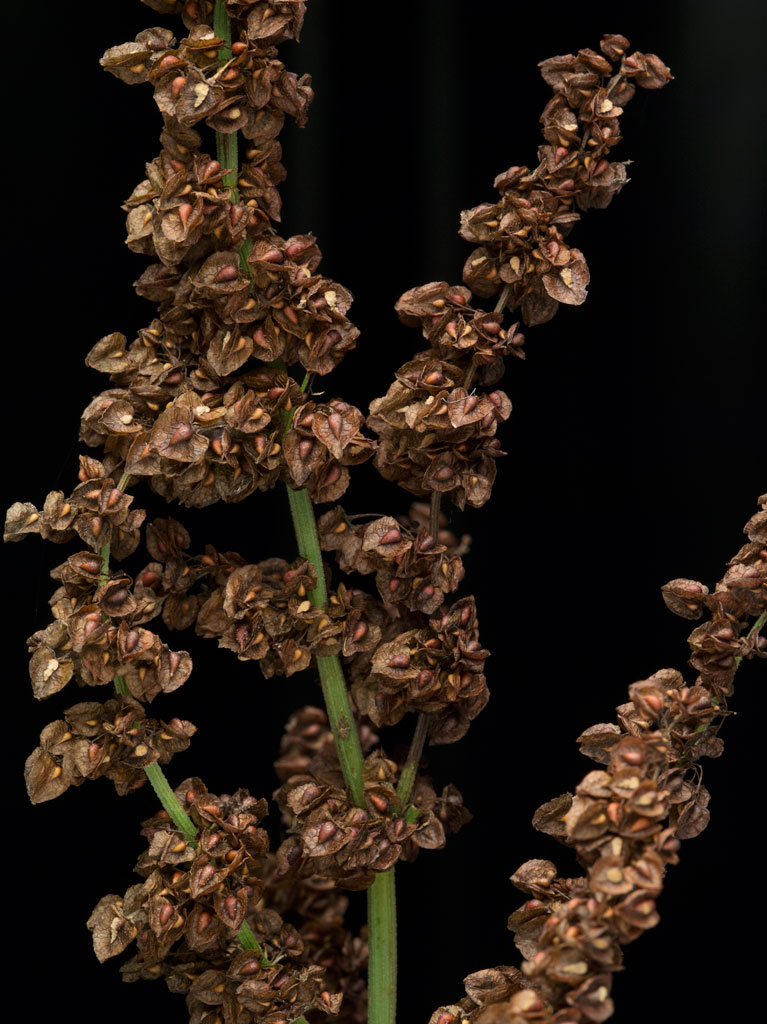 Yellow Dock or Curly Dock, Rumex crispus, is a common weed. We use the ground seeds in bread. Some use the seeds as a coffee substitute, although we use dandelion roots for that. Click on image for a larger view.
Yellow Dock or Curly Dock, Rumex crispus, is a common weed. We use the ground seeds in bread. Some use the seeds as a coffee substitute, although we use dandelion roots for that. Click on image for a larger view.
Red Currant Harvest
 Naomi and I made a wonderful discovery this week—we found two red currant trees in our forest. This is a great find and will add to our annual fruit harvest. If you like fruit with a tangy bite, these are great. These particular berries will most likely end up in out yoghurt for today’s breakfast. Click on the image for a larger view.
Naomi and I made a wonderful discovery this week—we found two red currant trees in our forest. This is a great find and will add to our annual fruit harvest. If you like fruit with a tangy bite, these are great. These particular berries will most likely end up in out yoghurt for today’s breakfast. Click on the image for a larger view.
Daylily—Edible Plants
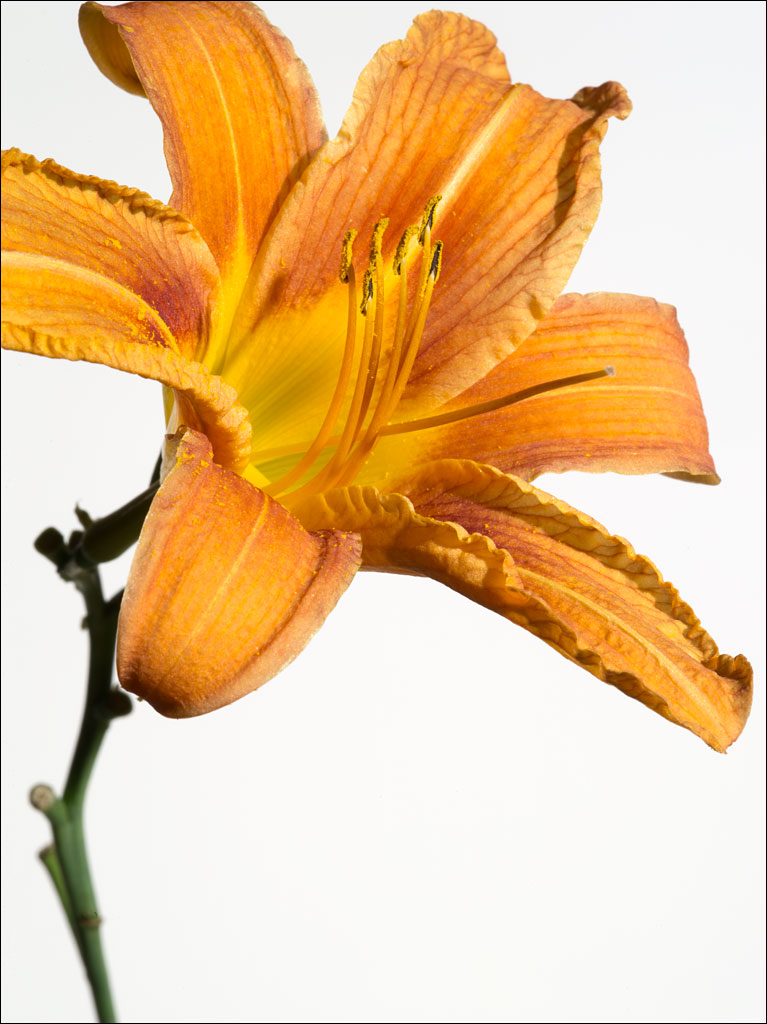 When we moved into our home, we were blessed by an abundance of daylilies. The daylily (hemerocallis fulva) is mostly known for being an ornamental plant, however, the tubers, young shoots, and flowers can all be eaten raw or cooked. The tubers are cooked like potatoes by boiling them for 15 minutes or so. We have been so taken with their beauty, we have yet to serve them for dinner.
When we moved into our home, we were blessed by an abundance of daylilies. The daylily (hemerocallis fulva) is mostly known for being an ornamental plant, however, the tubers, young shoots, and flowers can all be eaten raw or cooked. The tubers are cooked like potatoes by boiling them for 15 minutes or so. We have been so taken with their beauty, we have yet to serve them for dinner.
CAUTION: there have been reports of nausea, vomiting, or diarrhea with consuming daylilies, particularly in large quantities. Cooking is thought to reduce the effects. Please research any plant you intend to consume. Click on the image for a larger view.

